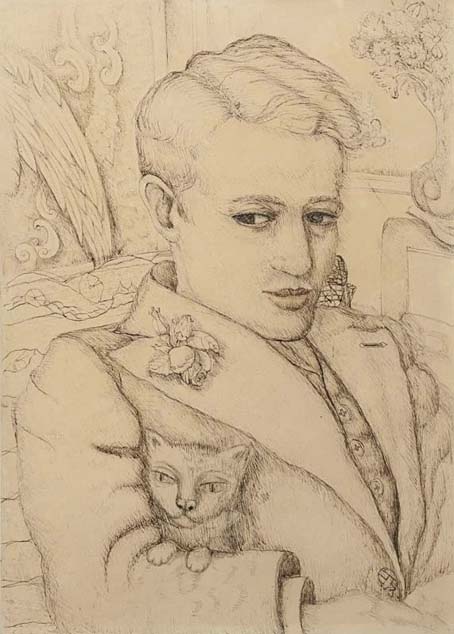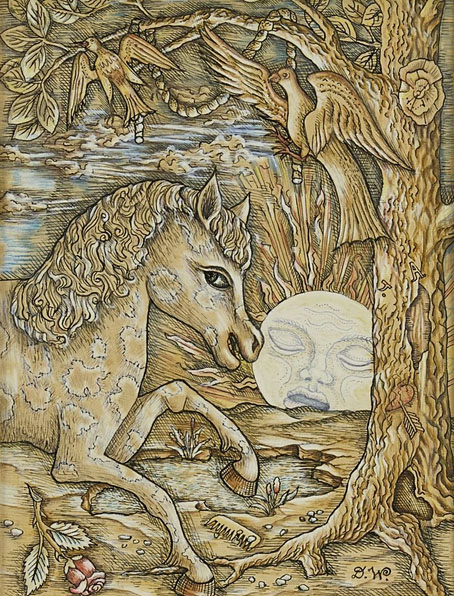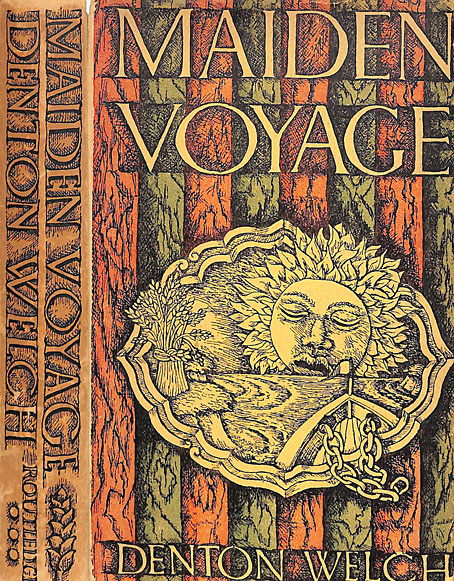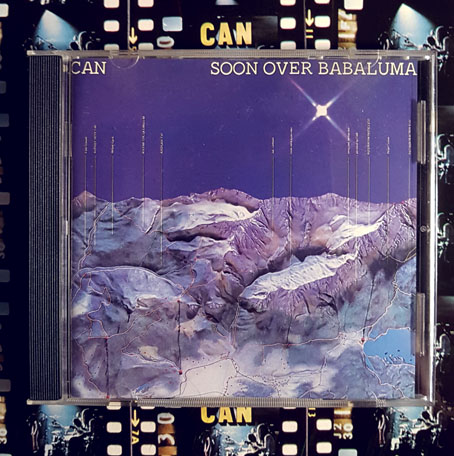
It’s that occult symbol again…
And it was suddenly all weird and super-freaky, like Godard shooting a Kafka scene: two dead Russians debating with each other, long after they were dead and buried, out of the mouths of a pair of Chicago Irish radicals. The young frontal-lobe-type anarchists in the city were in their first surrealist revival just then and I had been reading some of their stuff and it clicked.
“You’re both wrong,” I said. “Freedom won’t come through Love, and it won’t come through Force. It will come through the Imagination.” I put in all the capital letters and I was so stoned that they got contact-high and heard them, too. Their mouths dropped open and I felt like William Blake telling Tom Paine where it was really at. A Knight of Magic waving my wand and dispersing the shadows of Maya.
Adding to my suspicion that my footsteps are being dogged just now by the Chicago Surrealist Group, that there is a quote from the second chapter of Robert Shea and Robert Anton Wilson’s Illuminatus! trilogy. The passage occurs in a lengthy reminiscence by hippy-anarchist Simon Moon in which he remembers the continual arguments of his Chicago-anarchist parents. Having mentioned Illuminatus! in a couple of recent posts I decided to read it again, in part to see what might be thrown up by the very long hiatus since my last encounter. I read the novel rather obsessively from the age of 15 to 17—three times in all, I think—then set it aside while I followed Robert Anton Wilson into his other novels and non-fiction books. Simon Moon doesn’t mention the Chicago group by name—and the Rosemonts and their friends were more Marxists than anarchists—but, ya know… RAW enjoyed his coincidences (or synchronicities, or whatever) so I’ll take this as acausally significant. Will there be more? It’s a big novel so I don’t doubt it.
Previously on { feuilleton }
• Eco calls on Cthulhu
• Going beyond the zero
• 23 Skidoo









